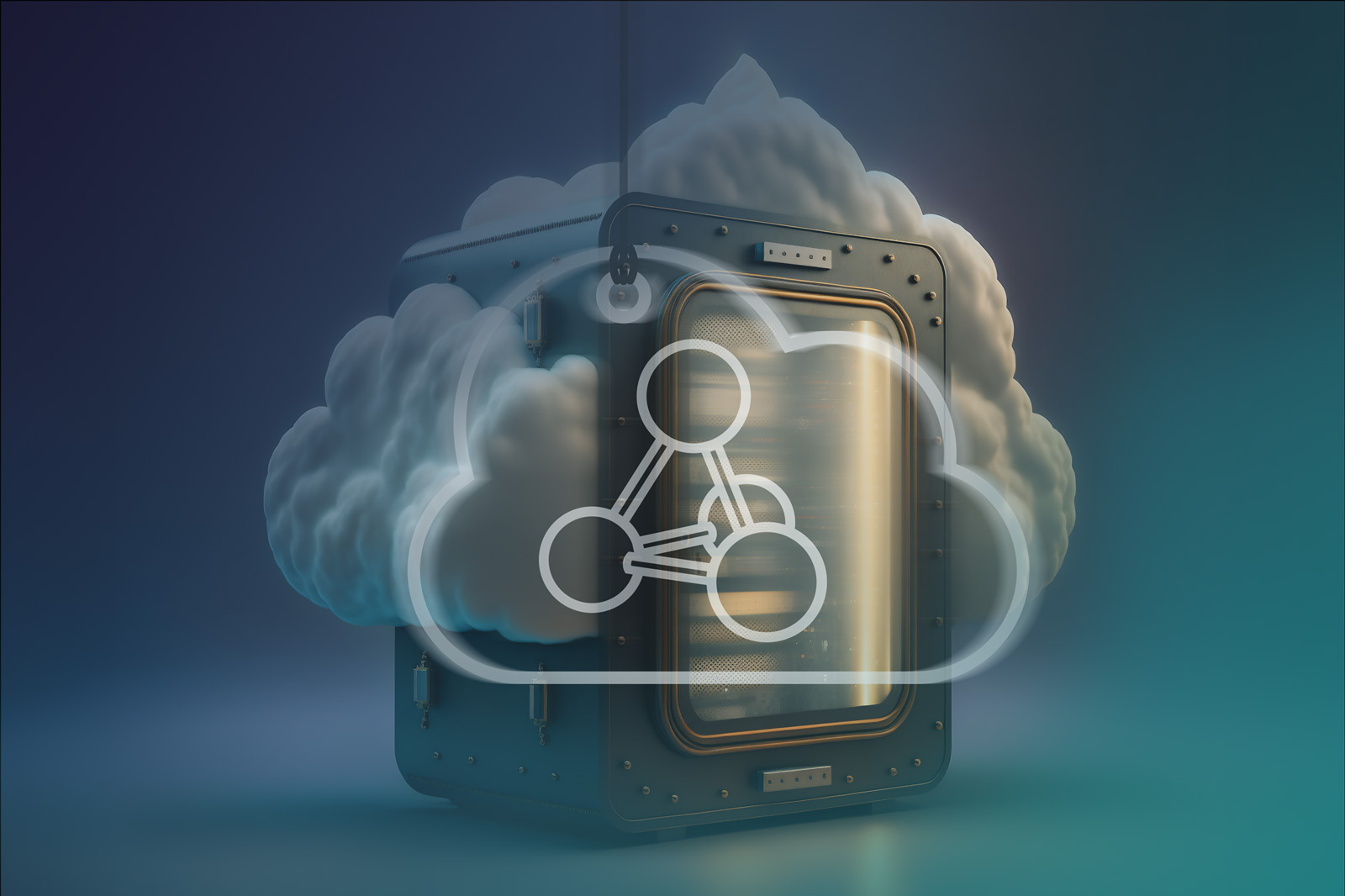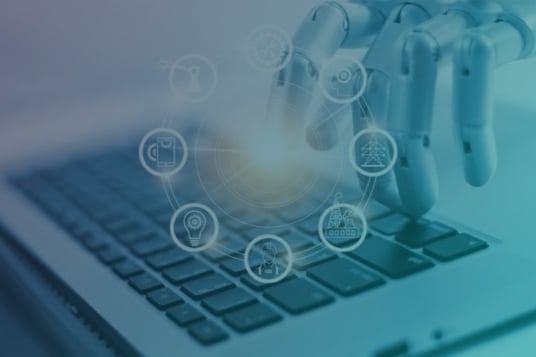Cloud ERP: Focus on Process Transformation, Not System Development
Last edited on Aug, 09 2024 02:44:06 PM
Reading time: 3 minutes
Written by Mischa Nagtegaal
Table of contents

In recent years, there has been a noticeable trend towards adopting cloud software. In fact, it's now almost unquestionable whether new software should be cloud-based. Consequently, most ERP implementations today are also "cloud-based". However, this necessitates a different approach to implementation. Previously, the configuration of an ERP system was largely driven by specific customer needs and requirements, but cloud-based ERP systems emphasise following "best practices". In essence, the most efficient process flow provided as standard by the ERP software is then adhered to for standard processes.
This is because the profitable activities and added value of companies typically don't stem from these standard processes: there are few companies that excel in creating purchase orders. Moreover, it enables full utilisation of all the developments provided by an ERP provider, including standard functionalities like machine learning and other AI solutions. And, of course, it's also much more cost-effective to work with standard cloud ERP.
As a result, whereas the ERP system used to be customised to meet a customer requirement, now the adaptations are increasingly made in the business processes and organisation. Indeed, as outlined above, it's beneficial to commit to standard software. This shift in mindset is crucial right from the beginning of an implementation project, and at Emixa, we assist our clients with this transformation.
The Emixa Approach
At Emixa, we utilise our S-BOS model for ERP implementations. Initially, the project and associated system must align with the client's strategy (S) and vision. A company's vision and strategy define what sets a company apart and what its distinctive business processes (B) are. The systems (S) and organisation (O) then support and facilitate these processes, where feasible with standard solutions. Ultimately, the people who must execute the processes with the delivered systems are central between the processes, organisation, and systems.
It's therefore no longer the case that the system is modified for every requirement, but rather, together with the customer, it's investigated how the process and/or organisation could work as effectively as possible with the standard system and which process changes are necessary and feasible for this. And additional solutions are developed only for the truly distinctive and different processes.
An ERP Implementation is no longer solely an IT project
When implementing a new ERP system, the initial impression within an organisation is often that of a significant IT project. Many companies approach it this way, with all its implications. By treating an ERP implementation as an IT project, you run several risks:
- Processes fail to evolve with the system in a timely manner, resulting in a misalignment between process and system;
- The potential of efficient standard processes isn't fully realised, including all standard technological developments such as machine learning and AI; unnecessary customisation ensues
- Resistance arises within the organisation, as the human aspect isn't sufficiently emphasised;
- You end up with what you already had, just in a different system.
- By including organisation and processes in the project right from the start, alongside the system, you avoid the above pitfalls. And at the end of the process, you obtain a solution that fully meets the needs and vision of your company. In other words, it results in a process, organisation, and system that are both effective and efficient.
- This makes ERP implementations even more business change projects!
Get in touch
Ready to make a business change? At Emixa, we'd be glad to share our comprehensive insights. Contact us to discover how our approach can help your organization thrive in the cloud era. Let's embark a journey towards enhanced efficiency and effectiveness together!
Last edited on Aug, 09 2024 02:44:06 PM
Reading time: 3 minutes
Written by Mischa Nagtegaal
Also see..
OverviewFive Reasons to use Mendix in an SAP environment
The degree of digital support also influences the competitiveness of an organization. Complex...
Read more ⟶How to get the Most Return from Robotic Process Automation (RPA)
After implementing the key business processes in an ERP system, the logical next step is to further...
Read more ⟶How do you Rent Reusable Transport Packaging within SAP
With regular rental, you register directly with the lending company when the assets are returned....
Read more ⟶

